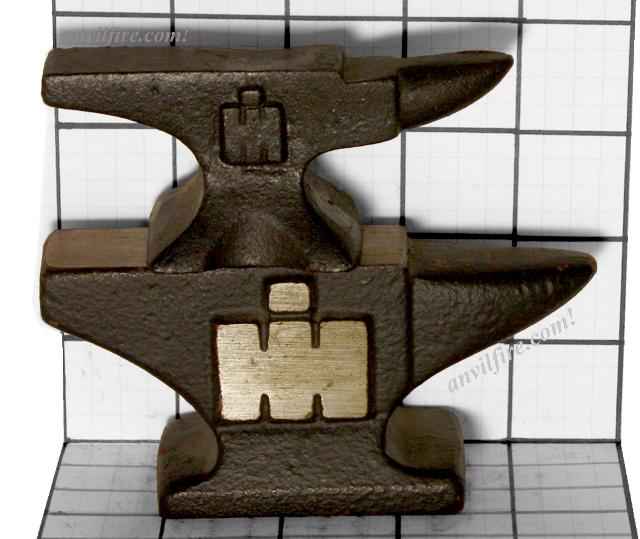

The rate of gelatinization at a particular temperature is affected by the internal structure of the starch granules. The rate of gelatinization is also temperature dependent - it occurs faster at higher temperatures. This is the reason that crush fineness is the most important factor in determining the time to complete gelatinization, and thus the time to complete conversion. The larger the grit, the longer it takes to fully gelatinize the grit.

Gelatinization starts at the surface of the grits and proceeds inward. the rate controlling step.) Rate of conversion is controlled by the rate of gelatinization. Gelatinization is slower than hydrolysis, and must happen first, so it is the step that controls the overall rate of conversion (i.e. Hydrolysis is catalyzed by the enzymes (alpha and beta amylase, and limit dextrinase.) Gelatinization must occur before hydrolysis can occur, because hydrolysis requires that the end of the chain being hydrolyzed be surrounded by water (each bond broken requires one water molecule to react with the bond in order to break it.) Hydrolysis also requires an enzyme molecule to be in contact with the bond being broken, and since the enzymes are large protein molecules, they cannot penetrate into the dense un-gelatinized starch granule structure. Hydrolysis is the breaking down of the long starch chains into dextrins and sugars. Extract is about 90% sugars and dextrins, with the balance being mostly protein, and some other minor components.Ĭonversion of starch to sugar and dextrins is a two step process: gelatinization followed by hydrolysis. Extract is all the dissolved components in the wort. So if you can find a way to get some hot water (but not too hot) to do a sparge, you might get some good improvement.
Anvil foundry max grain full#
The results were striking: 1) Full volume 72% mash efficiency, 2) Full volume + recirc 74%, 3) Recirc + single sparge 87% mash efficiency. First was full-volume mash, next was full-volume mash but recirculating throughout mash with a pump, and last was mashing at a loose 2.4 qt/lb, followed by pouring 1.5 gallons of sparge water through the basket (Anvil 6.5, making a 3.5 gallon batch). For my experiment I used grain all from the same 55lb sack, then mashed at common temperature/time with same additives, but varied the mash process. I did however find my experiment on the Anvil Foundry, which is the same type of system. I'm sure I've done conversion efficiency experiments on the Mash & Boil in the past trying to characterize the effect of sparge, but can't seem to find it. Depending on your space and options that might be more of a pain than it's worth, but I've found a single sparge (not full volume mash) is a significant boost in conversion efficiency. If you're worried about doing a sparge taking longer to boil, if you have another pot you could put on your stove and heat the water to like 168F, that would be a typical mash out temperature. , sounds like you've worked your grain crush to the point you'd want- just shy of stuck mash.


 0 kommentar(er)
0 kommentar(er)
